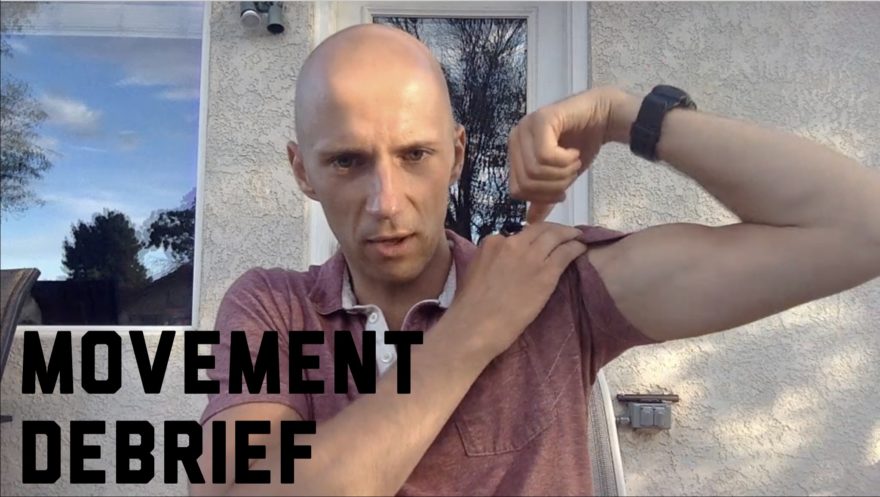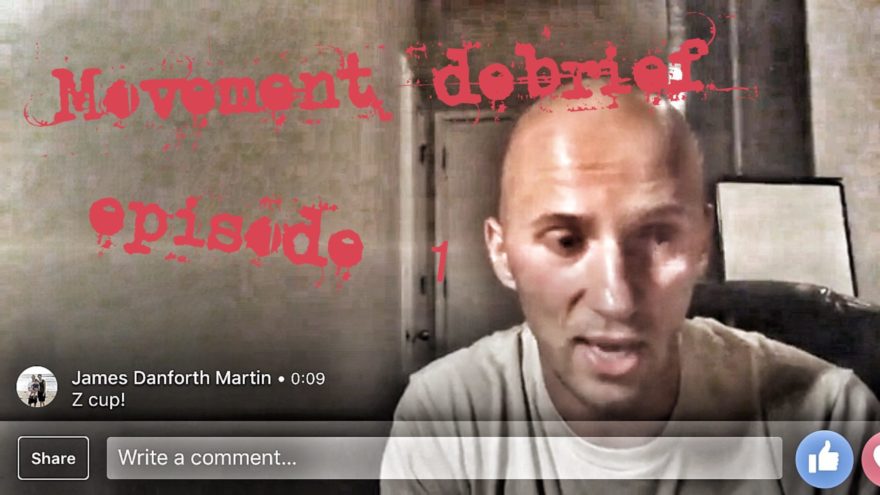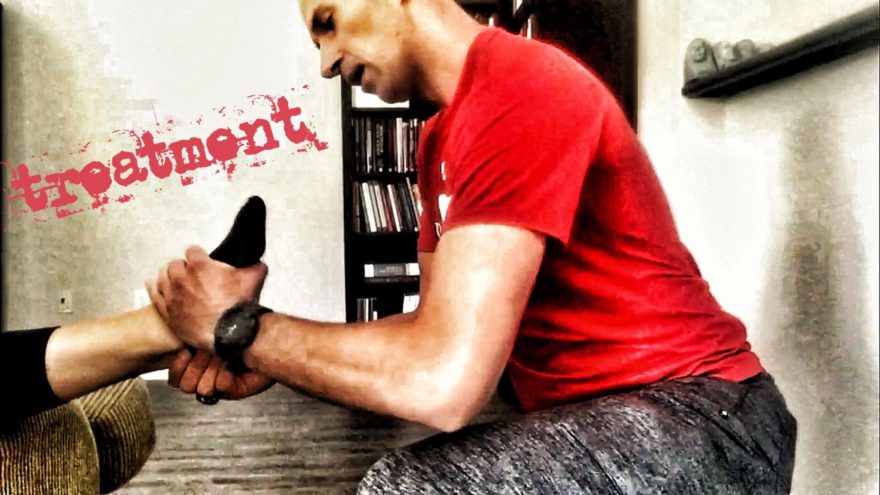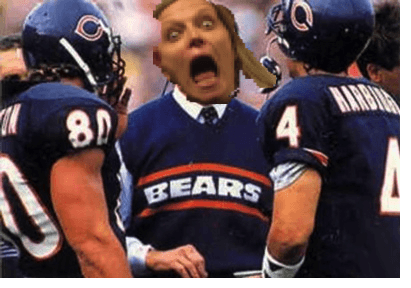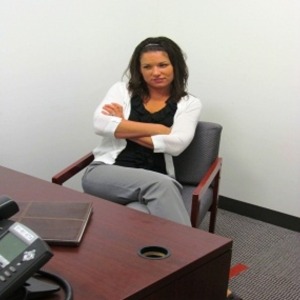Did you miss yesterday’s Movement Debrief? We had a lot of fun. The first time I went on facebook, twitter, and Instagram simultaneously. This debrief was a bit different, as it didn’t involve as much reflection on my patient care, but more on the wonderful continuing education weekend I had. I got to spend time with all my friends learning about a lot of different things. And it led to some great reflections. Here’s what I talked about: Why trial and error is important Being outcome-focused How triplanar movement impacts single plane movements Why having a good network is important Keys the networking The importance of mentors If you want to watch these live, add me on Facebook, Instagram, or Twitter. They air every Wednesday at 8:30pm CST. Enjoy. Trial and Error Triplanar Movement Networking Mentors
Read More